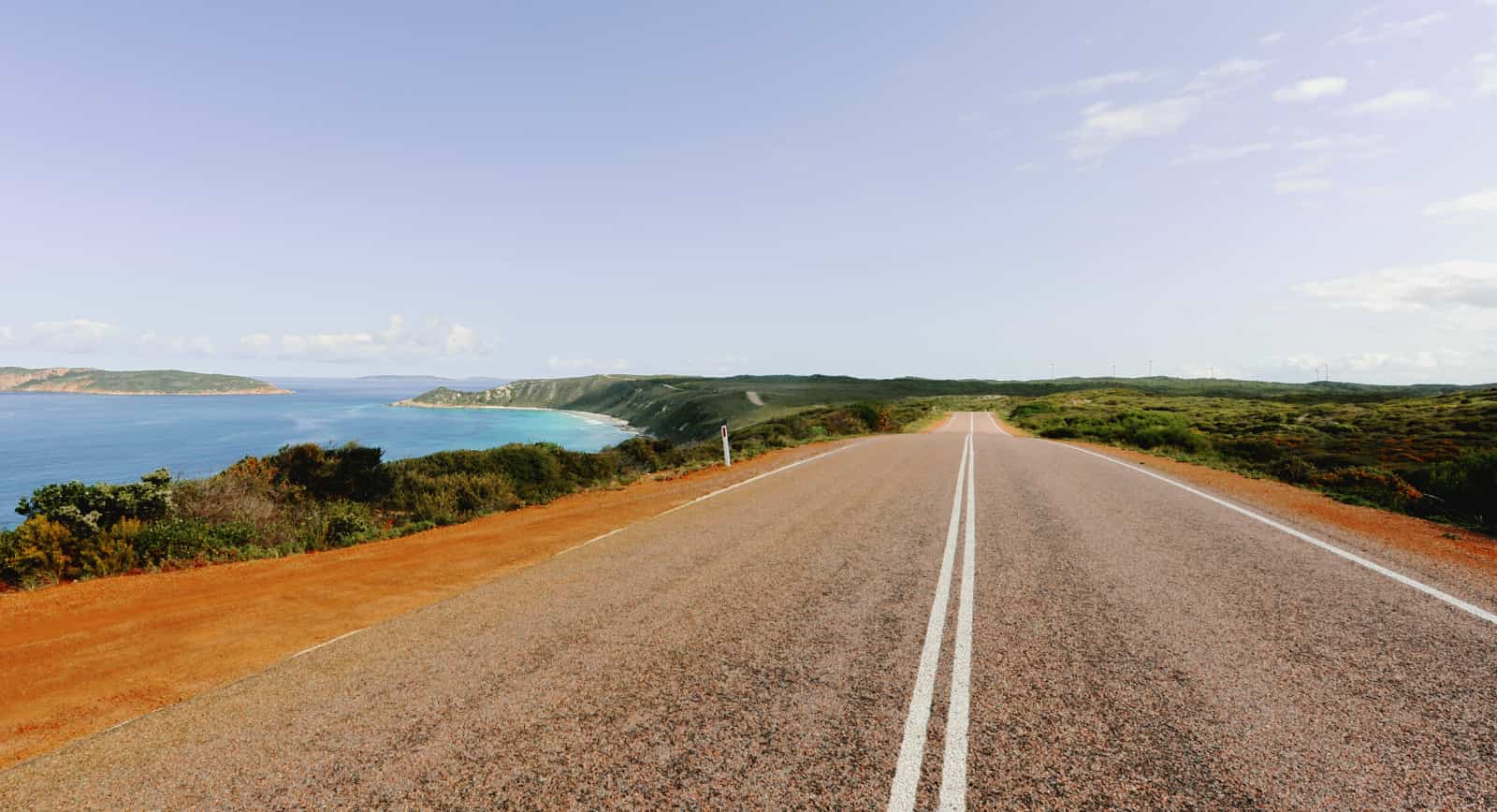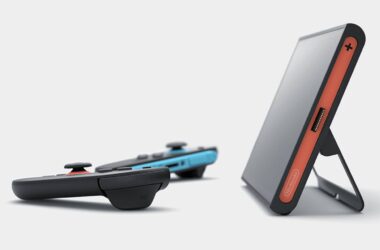Whether you’re taking a small road trip to see the folks or just driving somewhere nice, if you’re enjoying a drive, be sure not to physically touch that phone while behind the wheel.
For many Australians, a long weekend means a long drive is upon them, because it’s time to see friends, family, the folks, and others. Long drives can be relaxing, but they can also be dangerous, risking lives when you’re distracted and maybe even demerit points on a licence.
The problem is we all have mobile phones, and many of us drive, but when the two are married together, problems can arise.
It’s an issue everyone knows, because it’s right there in the ol’ driving handbook, with a stern warning from the police: keep your hands away from the phone while you drive.
In NSW where this publication operates, you can’t touch your phone while you’re driving, only doing so when the car has pulled over and come to a complete stop. That’s pretty standard across most of the country, and while road rules can be different from state to state, the simple logic is this: touching your phone while you’re driving is dangerous, and with more people on the roads over a longer weekend, that can be even more fraught with problems.
You probably already know that you shouldn’t do that, but just in case, the Australian Mobile Telecommunications Association (AMTA) has come out with a few tips on what you should obviously do while driving, just as a handy PSA and reminder.
These include to always keep your eyes on the road and to use your phone in a cradle with a hands free, because holding a phone while driving is illegal in Australia, even if you’re stopped at lights or are sitting in traffic.
“The reality is that legal and safe mobile use while driving is very common and made possible by responsible drivers and the mix of mobile technologies and in-car systems,” said Chris Althaus, CEO of AMTA. “However, there are situations where traffic, weather and/or road conditions mean mobile use is not appropriate – and sometimes long and involved conversations should also wait until you are not driving – in all these cases – an important option is to simply wait and use your mobile device when it is safe to do so.”
As such, you’ll want to make sure you have a hands-free ready — wired or truly wireless, we’re not sure it really matters — or the phone connected to the in-car voice system, and then just leave your phone alone. Don’t touch it unless you’ve parked, because if you’re seen doing it, you might just face fines and lose points on your license .
The rules are especially important if you’re on a provisional licence. If you’re a P-plater, you can’t even use a hands-free, so you may want to consider sticking it in your bag and throwing it on the Do Not Disturb function until you’ve come to a total and complete stop when parking.
While P-platers can’t touch their phones, full licenses may want to stay off the phone while driving. Making and taking calls is fine, but only by voice, but anything with text is typically not a great idea, because it can divert your attention unnecessarily when it should be placed firmly in front of you.
“There are also some mobile communication options that should never be used while driving – never text, email or post using social media while driving – this is illegal and highly unsafe to you, your passengers and other road users and pedestrians,” said Althaus. “Remember always keep your eyes on the road and guard against being distracted.”






